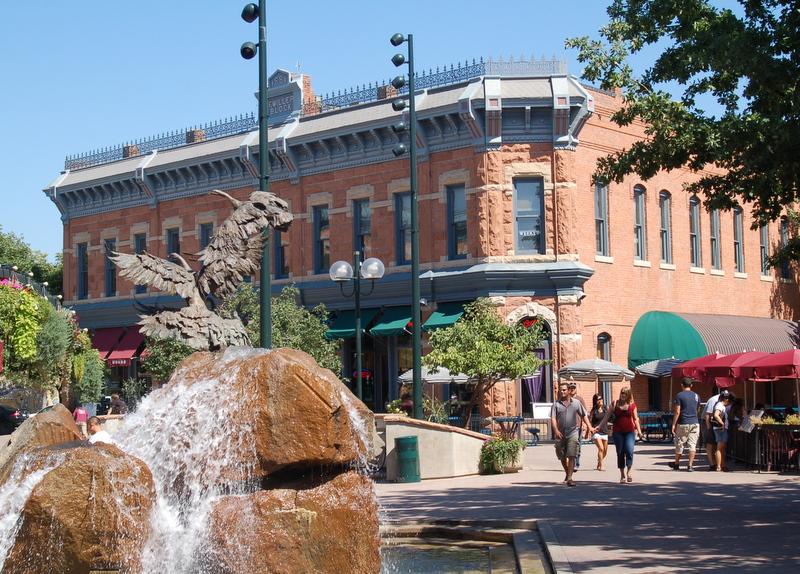

data shows Greeley and Fort Collins ranked among the top 15 fastest-growing metro areas in the nation from 2013 to 2014.
State demographer Elizabeth Garner said the booming oil industry accounts for much of the growth in Weld and Larimer counties, though she predicted that may change next year because of lower gas prices.
"Larimer and Weld are very diverse counties. They've got many more industries than just oil and gas," Garner said. "If there's anything, it will be a slight slowdown rather than a halt in growth."
The counties's proximity to the rapidly growing Denver area also helped, Garner said.
Here's how the two Colorado cities stack up:
| Rank | Metro area | Percent change |
| 1. | The Villages, Fla | 5.4 |
| 2. | Myrtle Beach-Conway-North Myrtle Beach, S.C.-N.C. | 3.2 |
| 3. | Austin-Round Rock, Texas | 3.0 |
| 4. | Odessa, Texas | 2.9 |
| 5. | St. George, Utah | 2.9 |
| 6. | Cape Coral-Fort Myers, Fla | 2.7 |
| 7. | Bend-Redmond, Ore. | 2.7 |
| 8. | Greeley, Colo. | 2.6 |
| 9. | Midland, Texas | 2.6 |
| 10. | Naples-Immokalee-Marco Island, Fla. | 2.5 |
| 11. | Houston-The Woodlands-Sugar Land, Texas | 2.5 |
| 12. | Fort Collins, Colo. | 2.4 |
| 13. | Hilton Head Island-Bluffton-Beaufort, S.C. | 2.4 |
| 14 | Daphne-Fairhope-Foley, Ala. | 2.4 |
| 15. | Raleigh, N.C. | 2.4 |
The rest of the northern Front Range also saw significant population growth from 2013 to 2014, while rural areas that have struggled since the end of the recession continue to lag.
This map shows the net migration rate for every county in Colorado from 2013-2014. That rate is used by government officials to determine which counties people are moving to. Green indicates higher rates, and red signals negative rates.
Migration patterns and overall population growth are as important in determining the economic health of an area as more commonly reported factors like the unemployment rate, Garner said.
In terms of raw numbers, the state's biggest cities saw the largest influx of new residents. But Garner said the migration rate is important in capturing the potential effect migration has on sparsely populated areas.
Hinsdale County, for example, saw a negative migration of only 37. But in a county with only about 800 residents, that represents a far greater effect on the area than in more populated counties.








